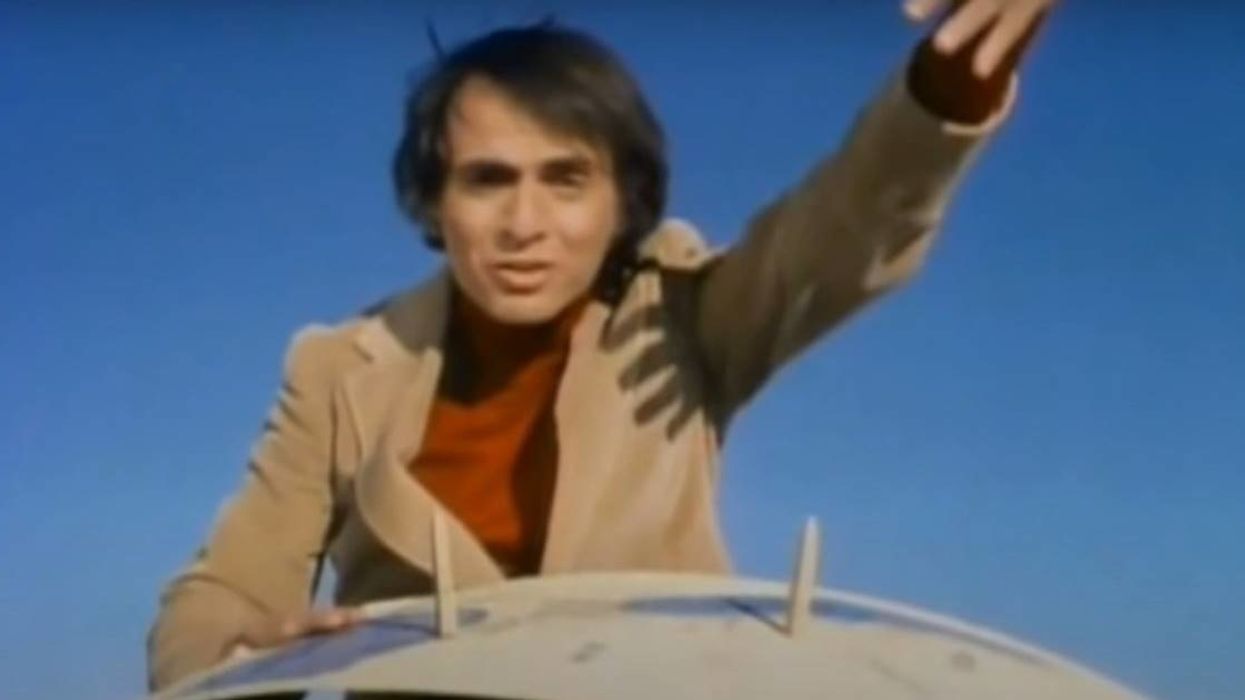
Over the past few years, there has been a growing number of people who believe the Earth is flat. A recent YouGov survey of more than 8,000 Americans found that as many as one in six are “not entirely certain the world is round.”
Maybe there wouldn’t be so much scientific illiteracy in this world if we still had Carl Sagan around.
Sagan hosted the original version of TV’s “Cosmos” in 1980. It would be revived in 2014 with astrophysicist Neil deGrasse Tyson at the helm.
In the first episode of “Cosmos,” Sagan easily proved the Earth was a sphere using a piece of cardboard, some sticks, and the work of an ancient Libyan-Greek scholar, Eratosthenes.
Carl Sagan explains how Eratostenes knows the earth is curve
www.youtube.com
“How could it be, that at the same moment, a stick in Syene would cast no shadow and a stick in Alexandria, 800 km to the north, would cast a very definite shadow? Sagan asked.
“The only answer was that the surface of the Earth is curved,” he added. “Not only that but the greater the curvature, the bigger the difference in the length of the shadows.”
Considering the distance between the two cities and the lengths of the shadows they produced, Eratosthenes was able to determine that the Earth had a seven-degree curve. He used that calculation to speculate the Earth was 25,000 miles in circumference.
These days we know that the earth is 24,860 in circumference, so Eratosthenes was 140 miles off, not bad for over 2,000 years ago.
